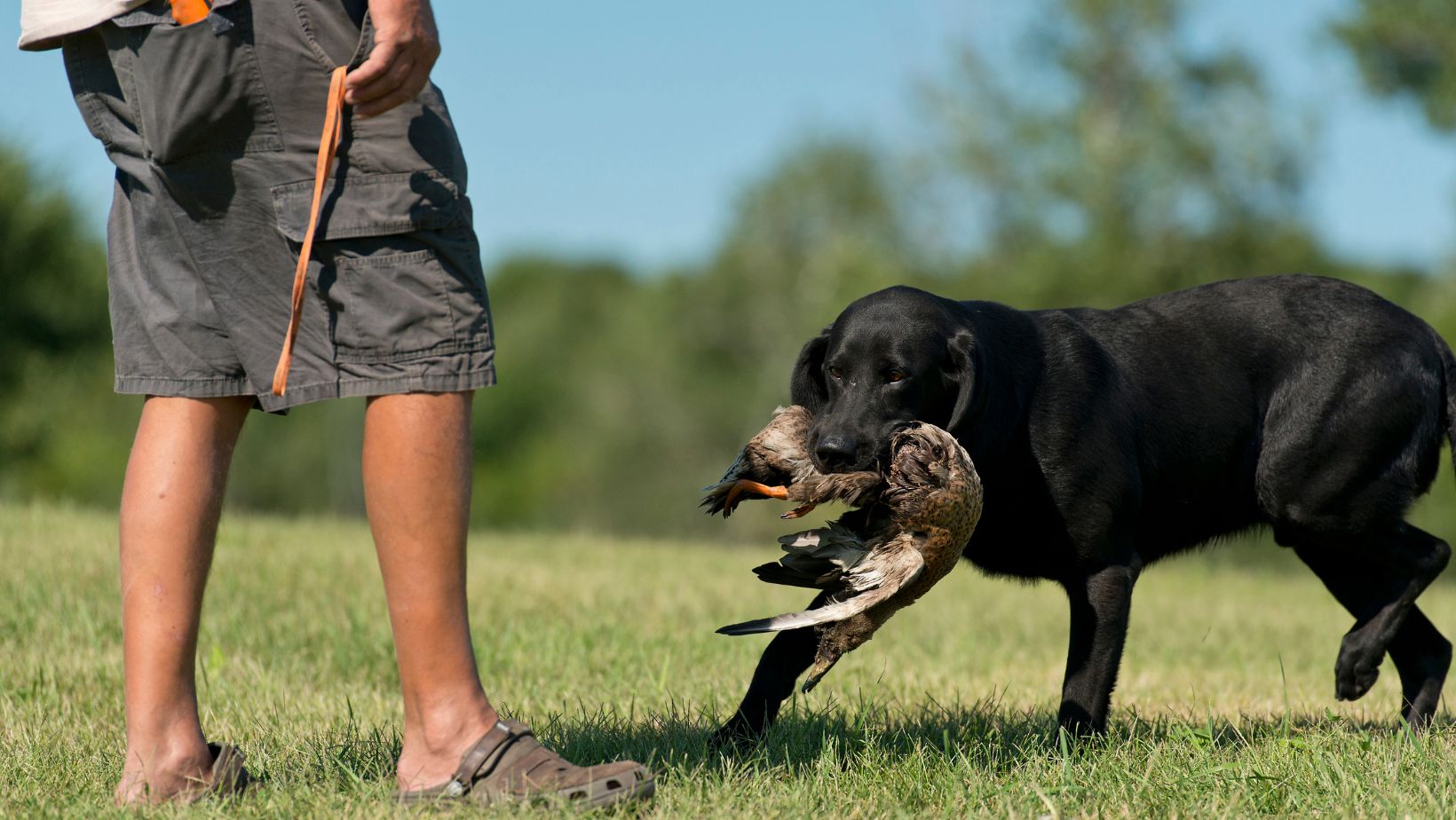Are you looking for expert tips on how to train a Labrador Retriever? Well, look no further! As an experienced dog trainer, I’m here to share with you our top tips that will help you effectively train your beloved Lab. Whether you’re starting from scratch or need some guidance with specific commands, this article has got you covered.
Labradors are known for their intelligence and eagerness to please, making them highly trainable. The key to successful training lies in consistency and positive reinforcement. First and foremost, establish yourself as the pack leader by setting clear boundaries and rules. This will help your Lab understand what is expected of them and create a harmonious training environment.
How To Train A Lab
When it comes to training your Labrador Retriever, choosing the right methods is crucial for effective and enjoyable training sessions. In this section, I’ll discuss some top techniques that have proven to be successful in training Labs.
Positive Reinforcement Techniques
Positive reinforcement is a widely recognized and effective method for training dogs, including Labradors. This technique involves rewarding desired behaviors with treats, praise, or playtime to encourage repetition of those behaviors. By focusing on positive reinforcement, you can create a strong bond with your Labrador and make the training experience more enjoyable for both of you.
One example of positive reinforcement is using treats as rewards when teaching your Lab basic commands such as sit, stay, or lie down. Whenever your dog successfully performs the desired behavior, promptly reward them with a treat and verbal praise.
Clicker Training for Labs
Clicker training is another popular method that works particularly well with Labradors due to their intelligence and eagerness to learn. This technique involves using a clicker—a small handheld device that makes a distinct clicking sound—to mark desired behaviors at the exact moment they occur.
To implement clicker training with your Lab, start by associating the sound of the clicker with rewards such as treats or toys. Once your dog understands this association, you can use the clicker as an instant marker for correct behaviors during training sessions. For instance, if you want to teach your Lab to fetch an object, you would click immediately upon seeing them pick up the item and follow it up with a reward.

Understanding Labrador Retriever Behavior
Common Behavioral Traits of Labrador Retrievers
Labrador Retrievers are known for their friendly and outgoing nature, making them one of the most popular dog breeds around. Understanding their common behavioral traits can help you better train and care for your Lab.
- Friendly and Sociable: Labs are typically friendly towards both humans and other animals. They love being a part of the family and thrive in social settings.
- Energetic and Active: Labs have high energy levels and require regular exercise to stay happy and healthy. They enjoy activities like playing fetch, swimming, and running.
- Intelligent: Labradors are highly intelligent dogs that respond well to training. They are quick learners and excel in obedience training, agility, and even search-and-rescue work.
- Food Motivated: Labs are often motivated by food rewards, which can be leveraged during training sessions to reinforce positive behaviors.
Understanding Labradors’ Natural Instincts
To effectively train a Labrador Retriever, it’s important to understand their natural instincts:
- Retrieving Instinct: As the name suggests, Labs have an innate desire to retrieve objects such as balls or toys. This instinct can be harnessed for games like fetch or utilized during training exercises involving retrieving items.
- Water-Loving Nature: Labradors have a strong affinity for water due to their history as retrievers of waterfowl. Many Labs thoroughly enjoy swimming activities, making it an excellent form of exercise for them.
- Strong Sense of Smell: Labradors possess an exceptional sense of smell, which contributes to their success as search-and-rescue dogs or detection dogs working with law enforcement agencies.
In Conclusion
By choosing the right training methods tailored to your Labrador Retriever’s needs and preferences, implementing positive reinforcement techniques with consistency and providing structured training schedules, you’ll set a solid foundation for your Lab’s training journey.